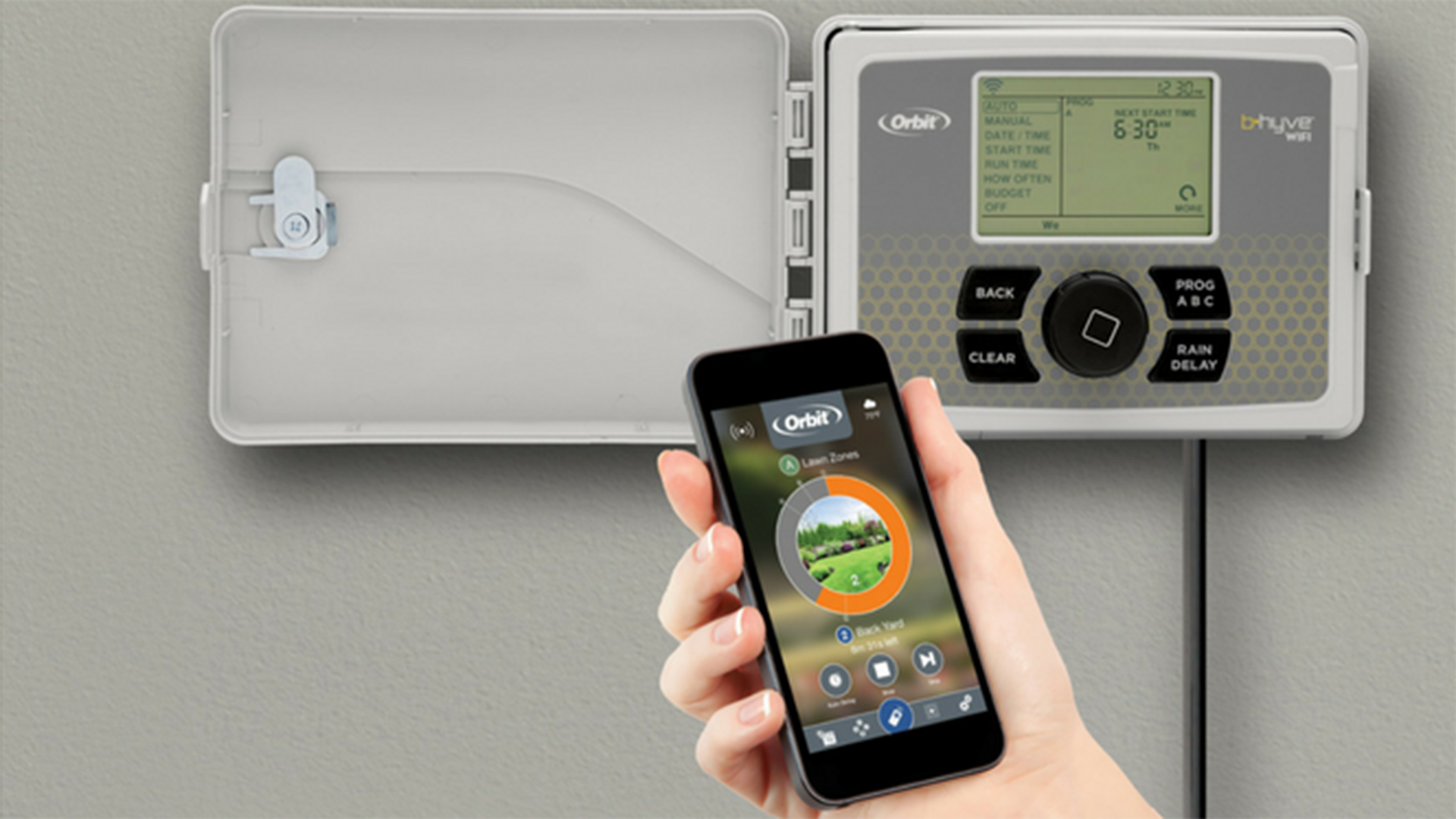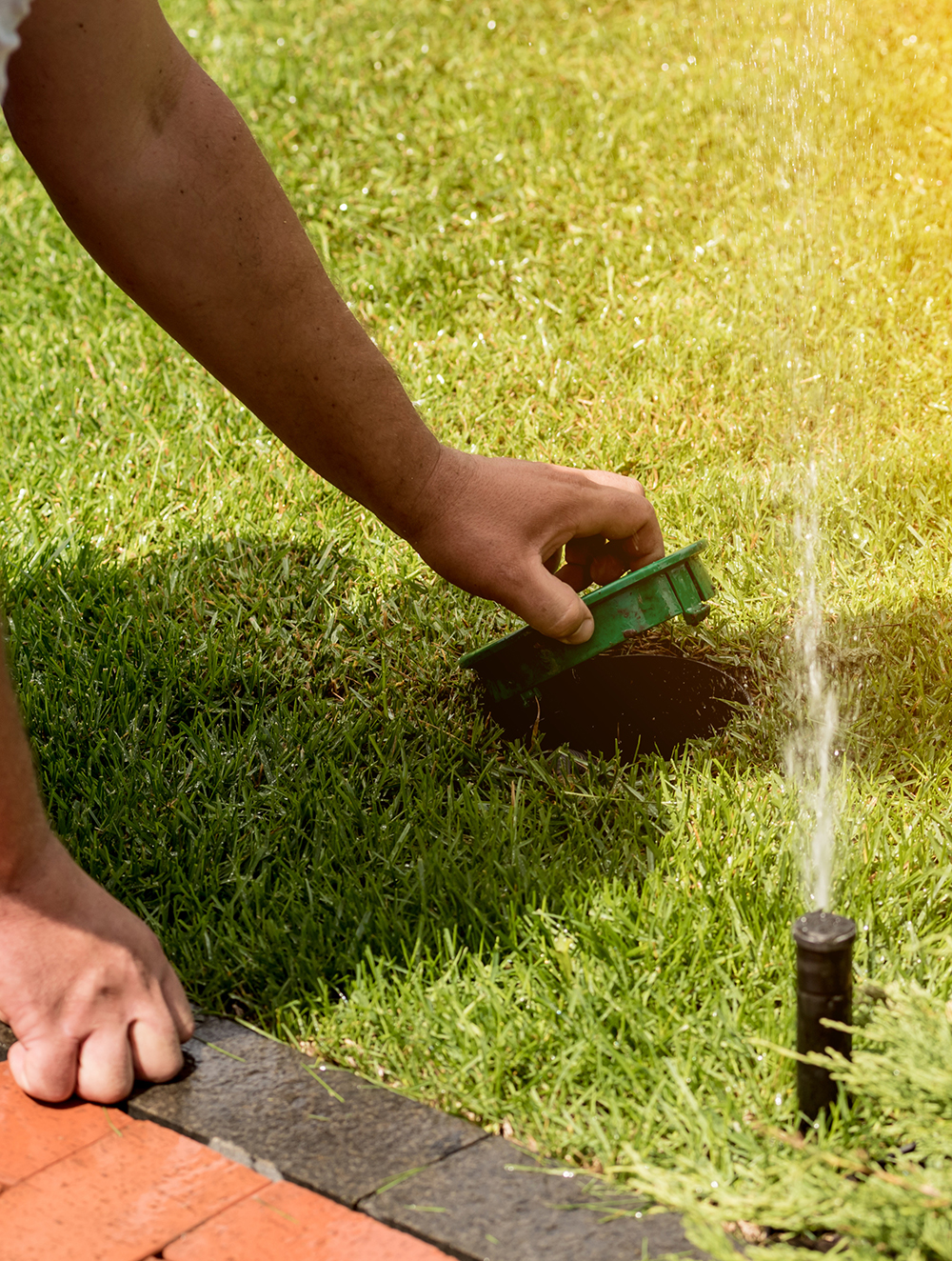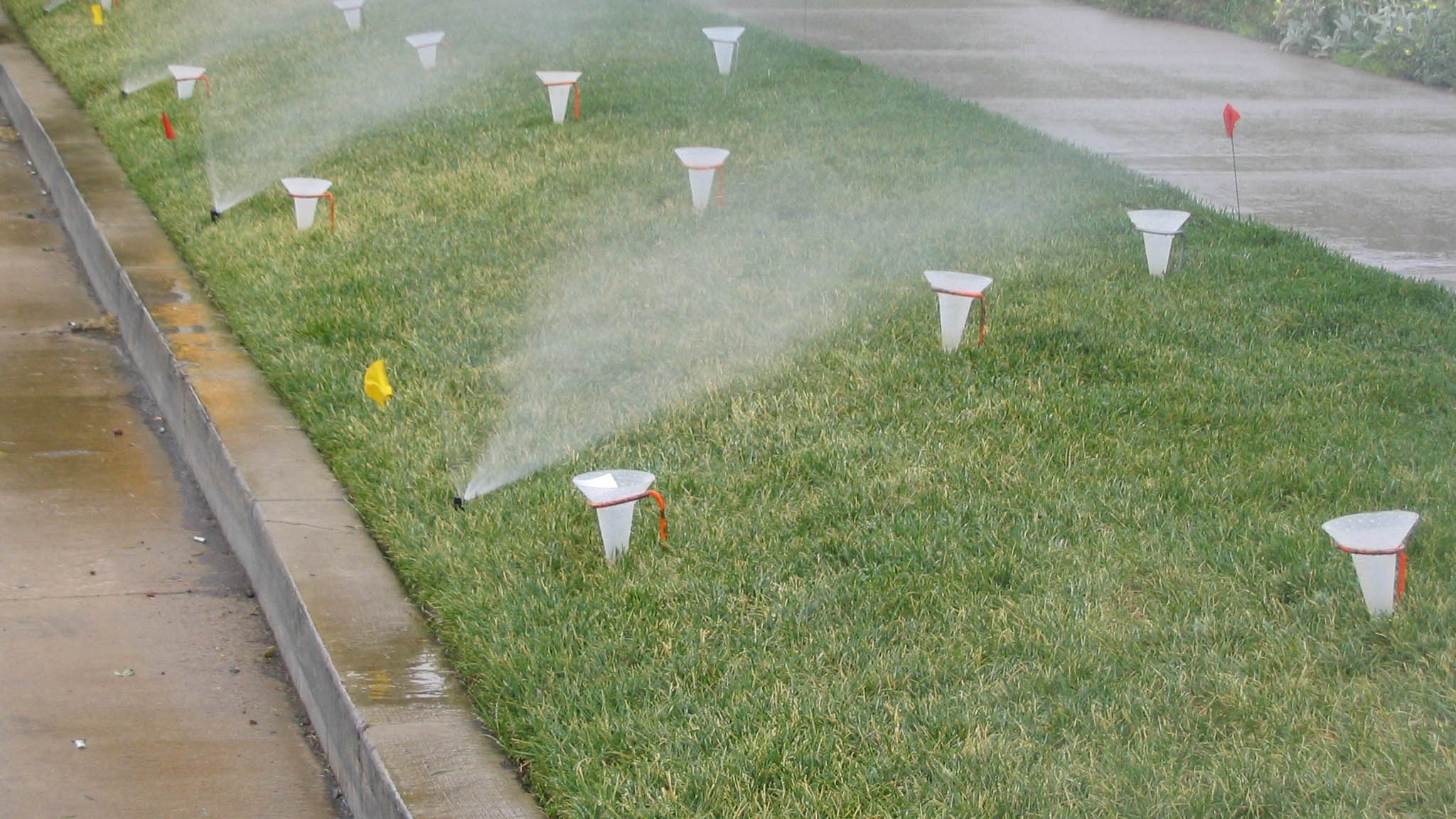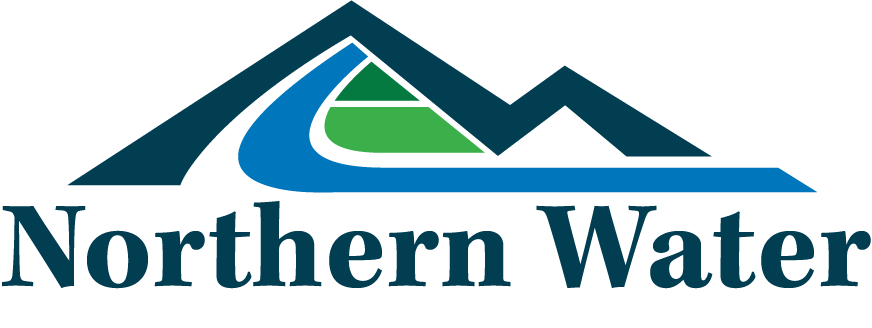Smart Controllers
Using a Smart Controller for Irrigation
Smart controllers seek to simplify and streamline the process of irrigation scheduling, which is the task of knowing when to water, how much and how long. Most irrigation professionals talk in terms of putting on “an inch of water.” But irrigation controllers talk in minutes, not inches. And therein lies the big mystery: how to translate inches to minutes?
Traditional controllers and irrigators bridge this gap by knowing how much water their sprinkler system can apply in one hour — this is the precipitation rate (inches per hour). Either the system is audited with catch-cans and the data analyzed, or the manufacturer’s sprinkler nozzle precipitation rate is used.
That takes care of how long to water. If the system can apply one-half inch per hour, and the lawn requires three-quarters inch, then the system needs to run for 90 minutes. Knowing that the lawn needs three-quarters inch of water involves weather — temperature, sunlight, wind and what’s called evapotranspiration (ET). ET is how much water the lawn has used in a period.

Knowing how dry the soil is helps, too. Overwatering keeps the soil wet, and sometimes even saturated. That means no oxygen for plant roots, which is not healthy for plants anymore than it would be for you. Smart controllers have been designed to do much of this work for you. Two types of smart controllers try to make life easier for the irrigator.
One type uses weather data and that complicated ET factor to track how much water the turf has used. Then it takes into account rainfall, plant type, soil type, site exposure (sunny, partially shaded, flat or sloped), and what type of sprinklers are installed (spray or rotor). It may even ask directly for precipitation rate. Behind the scenes, the controller uses either its own attached sensor array or is enabled to communicate with other online sources of weather data. The controller comes up with run-times for the controller, all without your intervention beyond the initial setup.
Some smart controllers are soil-moisture based and use a soil-moisture sensor embedded in the turf to trigger irrigations. Usually only one sensor is used, and all zones are dependent on that one zone’s data. Information needed for these controllers includes the soil type, site information and plant type.

Soil Type Plays a Key Role
Soil type is very important, as the internal algorithms need that information to correctly set the upper and lower boundaries for plant available water. A hint: the lower boundary is called the plant permanent wilting point, and once below that, plant death occurs. (That’s why it’s called the “permanent” wilting point).
A soil-moisture based smart controller triggers an irrigation when the lower boundary set point is reached and waters until the upper boundary is reached. The intermediate value is called the “managed allowable depletion” (MAD) and its typical turf value is 50 percent. These limits are different for each soil type.
Set-Up and Management of Irrigation Systems are Critical
It all sounds very easy and takes out all the guesswork of when, how much, and how long to irrigate. What could go wrong? Smart controllers do represent giant advances in irrigation management — if set up and managed correctly. However, many controllers come with default settings that keep turf lush and green, protect the controller manufacturer and really don’t conserve water. You could use too much water without proper set up and adjustment.
How can you tell if a smart controller is operating in the interest of water conservation, as well as keeping your lawn healthy? One way is to compare the smart controller’s irrigation frequency and run-times with an independent source. These tools or services will help you get the best results with your smart controller. Once correctly set up, it will be a “genius” controller.
Resource Central Program Assists in 'Smart' Irrigation Efforts
Check your eligibility for home irrigation audits by Resource Central’s outdoor sprinkler consultations. If your water provider is on the list, your community participates in the program and the service is free.
The trained personnel can help you understand your irrigation system and how to run it efficiently. You will receive the results of your audit, recommendations for irrigation system improvements, and irrigation schedules, leaving your smart controller set up with the information it needs.

